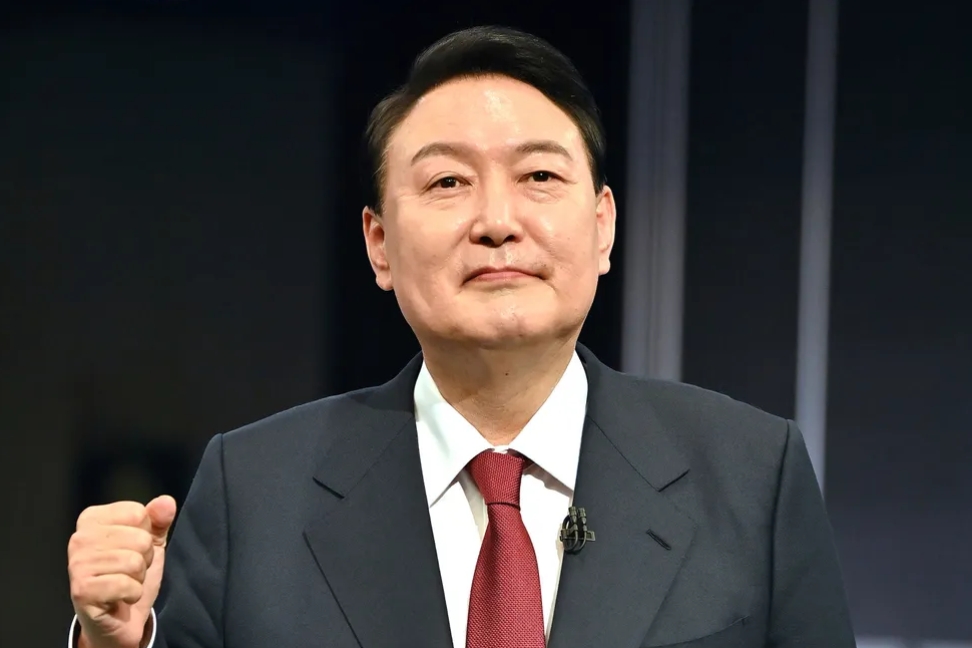
South Korean President Yoon Suk Yeol in a televised address said he had given the Ministry of Trade, Industry and Energy the green light to conduct exploration drilling for the hoped-for vast oil and gas deposits in the East Sea.
“The possibility of the area containing as much as 14 billion barrels of oil and gas is very high,” Yoon said, citing a study he said had been reviewed by leading research institutions and experts.
The government in early 2023 commissioned US-based geoscience consultants ACT GEO to perform in-depth analysis of the potential resources in the vicinity of the Donghae field after prior study work and seismic surveying had indicated prospectivity.
KNOC’s upcoming Blue Whale-1 wildcat is located in the Yeongil Bay area offshore Pohang, about 260 kilometres southeast of the capital city Seoul, reported Korea Economic Daily.
Potential resources have been pegged and between 3.5 billion and 14 billion boe, in the ratio of 75% gas and 25% oil. Yoon added that 14 billion boe would be sufficient to meet the nation’s gas demand for 29 years and its oil demand for four years.
KNOC is understood to have chartered Seadrill’s drillship West Capella for the Blue Whale wildcat.
Seadrill in its May 2024 fleet status report confirmed that the West Capella had secured a one-well contract in South Korea, with an estimated duration of 40 days, which is expected to start in December this year. The contract is valued at approximately $32 million, including a mobilisation fee of around $10 million and excluding fees for additional services.
While KNOC will drill the initial exploration well in the prospective deepwater area, international players could be brought on board for possible further drilling from next year to share the risk and costs, according to local media.
If commercial reserves are discovered, the government’s current timeline envisages construction commencing in 2027-2028 and production start-up in 2035.
Preliminary results from the Blue Whale-1 exploration well are expected by mid-2025.